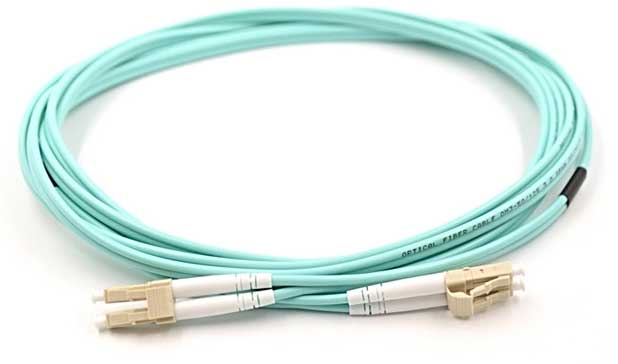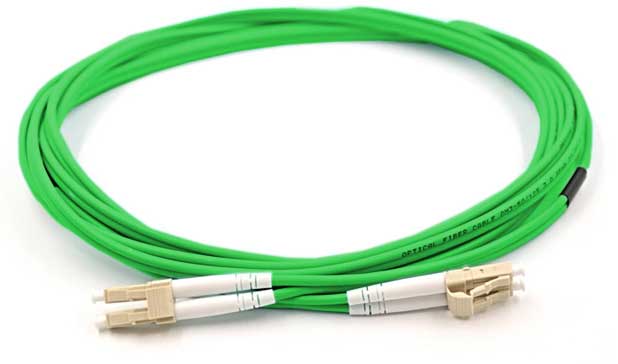Many believe that OM5 fiber is necessary to achieve the longest distances or to support the newest high-speed technologies—but that’s simply not true. The main distinction with OM5 is its ability to work with multi-wavelength transceivers operating around 900 nm, such as SWDM4 and certain BiDi types. However, 850nm remains the standard for multimode fiber and continues to perform exceptionally well even at speeds up to 800G.
When it comes to value, OM4 is still the clear choice. It’s the established multimode standard, widely available, and far more cost-effective than OM5, which is typically reserved for niche applications or specialized installations.


OM4 remains the industry-standard choice for 10G – 800G multimode links.
OM5 adds wideband capability, but unless you’re deploying SWDM or BiDi optics, the performance difference is negligible — and the price isn’t.
The Different Types of Multimode Fiber:
Multimode fiber has become a key optical solution for data centers, campus networks, and businesses of all types and sizes. Designed primarily for shorter to mid-range distances, it offers a more cost-effective alternative to singlemode fiber, which requires higher-powered (and more expensive) laser transmission. Over the years, cabling technology has evolved to include five multimode options defined by the ISO/IEC 11801 standard: OM1, OM2, OM3, OM4, and OM5.
(Standardized 1989): The first standardized multimode fiber. It has a larger 62.5µm core, bandwidth of 200 MHz·km @ 850nm, and typically used for 10/100/1000 Mbps applications.
(Standardized 1998): This fiber standardized the 50µm core for multimode. It provides 500 MHz·km @ 850nm, supporting 1GB applications up to 550 meters.
(Standardized 2002): The first laser-optimized fiber, it provides 2000 MHz·km @ 850nm, supporting 10G applications up to 300 meters.
(Standardized 2010): This higher-grade fiber provides a large modal bandwidth increase to 4700 MHz·km @ 850nm. It’s a leading data center fiber, supporting 10G up to 400 meters and speeds up to 800G at 100M.
(Standardized 2016): Unlike its predecessors, this fiber did not increase modal bandwidth and is the same as OM4 (4700 MHz·km @ 850nm). Its main contribution is support for a wideband range, adding a specification of 2470 MHz·km @ 953nm.